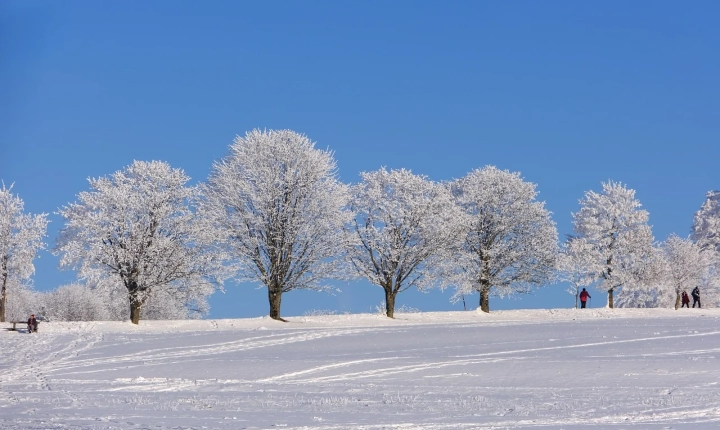Is AI the end of creativity?
With the rise of artificial intelligence (AI) and its increasing impact on various industries, there have been concerns about its potential to replace human creativity. Many fear that the advancement of AI could diminish the need for human creativity in fields such as art, music, writing, and design. However, the reality is far more complex, and the relationship between AI and creativity is more nuanced than initially assumed.
AI has undoubtedly shown remarkable capabilities in generating content that mimics human creativity. For instance, AI algorithms can compose music, paint images, and even write articles that are incredibly similar to those created by humans. These advancements have led to understandable apprehensions about the future of creativity and the role of human creators. The fear is that as AI becomes more sophisticated, the need for human artists and innovators will diminish, leading to a homogenization of creative outputs.
Despite these concerns, AI does not signify the end of creativity but rather an evolution of the creative process. AI can be seen as a tool or a collaborator for human creators, offering new ways to spark inspiration and enhance artistic expression. For example, AI can help artists generate new ideas, automate repetitive tasks, and even provide insights and feedback on their work. This collaboration between AI and human creators has the potential to amplify creativity and lead to new and innovative forms of artistic expression.
Moreover, the creative process involves much more than just the production of content. It encompasses ideation, problem-solving, emotional expression, and interpretation. These are areas where human creativity shines and where AI struggles to replicate the depth and complexity of human emotions and experiences. The human touch, intuition, and the ability to convey unique perspectives are difficult for AI to imitate.
Furthermore, AI-generated content often lacks the emotional depth and authenticity that human-created art possesses. While AI can mimic artistic styles and techniques, it often lacks the genuine emotional connection and lived experiences that drive human creativity. Human art is deeply intertwined with individual stories, struggles, triumphs, and the human condition, making it inherently irreplicable by AI.
Rather than being the end of creativity, AI can be viewed as a catalyst for exploration and innovation in the creative space. It offers new tools and avenues for artists, writers, and musicians to push the boundaries of their creativity. Additionally, the integration of AI in the creative process opens up opportunities for new interdisciplinary collaborations, where technology and art intersect to create unique and immersive experiences.
In conclusion, the fear of AI bringing about the end of creativity is unfounded. While AI may impact the creative landscape, it is unlikely to replace human creativity entirely. Instead, AI has the potential to augment human creativity, opening up new possibilities and frontiers in the creative world. The coexistence of AI and human creativity can lead to a rich and diverse artistic landscape, where the unique essence of human creativity continues to thrive alongside technological innovation.
